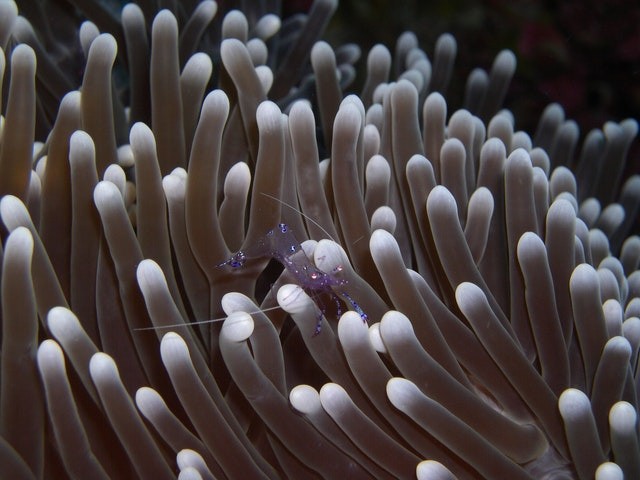When a massive iceberg last month calved off of Antarctica, it disclosed for the first time in decades an active community of sea life.
About two weeks ago, an iceberg enormous enough to hold New York City almost two times over splitted off of the Antarctic Ice layer and started swerving slowly through the Weddell Sea. Presently, scientists have obtained an unusual glimpse at the marine life inhabiting deep under the ice - ultimately uncovered after five decades of ice covering.

The Brunt Ice Shelf
Drifting through the tiny gap between the Brunt Ice Shelf in northern Antarctica and the presently-liberated iceberg, called A-74, the German science vessel Polarstern made hours of recordings and thousands of images of the detached animals inhabiting 30 kilometers (18 miles) beneath the surface level. The scientists found an active community of sea stars, filter feeders, sea cucumbers, mollusks, and they recorded at least two squid species and at least five species of fish.
The initial photos from the sea-bed disclose an incredible level of biodiversity in an area that was surrounded for decades by thick ice, the AWI (Alfred Wegener Institute for Polar and Marine Research) researchers in Bremerhaven, Germany, which is in charge of the Polarstern mission, explained in an announcement.
Read More : Antarctica's Thinning Ice Shelves are Making More Ice to Relocate from Land into the Sea - Studies
Marine Life Flourishing Close to the Antarctic Seafloor
It's not rare to discover marine life flourishing close to the Antarctic seafloor. Hundreds of marine populations live in distant waters; sometimes in surprising places. Scientists last month found a colony of sea sponges and other stationary filter feeders clenching to a rock 900 meters (3,000 feet) near the Antarctic Peninsula under the Filchner-Ronne Ice Shelf.
Such finding, like the Polarstern's present analysis of the Weddell Seafloor, flung scientists for a bit of a loop, primarily due to the existence of stationary filter feeders. These animals (which include sponges and corals) sit in a spot and wait for nutrients to come to them, normally in the shape of phytoplankton - a kind of microscopic marine algae.
Role of Sunshine in the Life of Phytoplankton
Phytoplankton depends on sunshine for photosynthesis and seems to drift where the water is sunniest, in the upper side of the ocean, according to the National Atmospheric and Oceanic Administration. So, revealing communities of phytoplankton-devouring sea animals residing in the darkness deep under the Antarctic ice, to say the least is counter-intuitive.
Nutrients, somehow either in the shape of phytoplankton or organic elements washed to sea with the ice above - are being pulled thousands of feet under the ice shelves of Antarctica to forage on the seafloor creatures living there, according to the Alfred Wegener Institute for Polar and Marine Research scientists. To know more about the ecosystem of the region, the study group collected sediment specimens from the bottom of the sea, which will assist in disclosing the content of the water's nutrients.

The Greenhouse Gas Emissions
The group also posted some survey buoys in the region to collect data about the water's salinity and temperature, as well as ocean recent speeds in the Weddell Sea.
This data will enable researchers to construct more detailed climate models for the region, the scientists explained that Antarctica is one of the fastest-warming spots on the planet, and is at risk of losing much of its ice forever if greenhouse gas emissions are not restricted this century.
Related Article : Scientists Restore Seagrasses and Rejuvenate Marine Life in Coastal Bays
For more news, updates about marine lives and similar topics don't forget to follow Nature World News!
© 2025 NatureWorldNews.com All rights reserved. Do not reproduce without permission.





